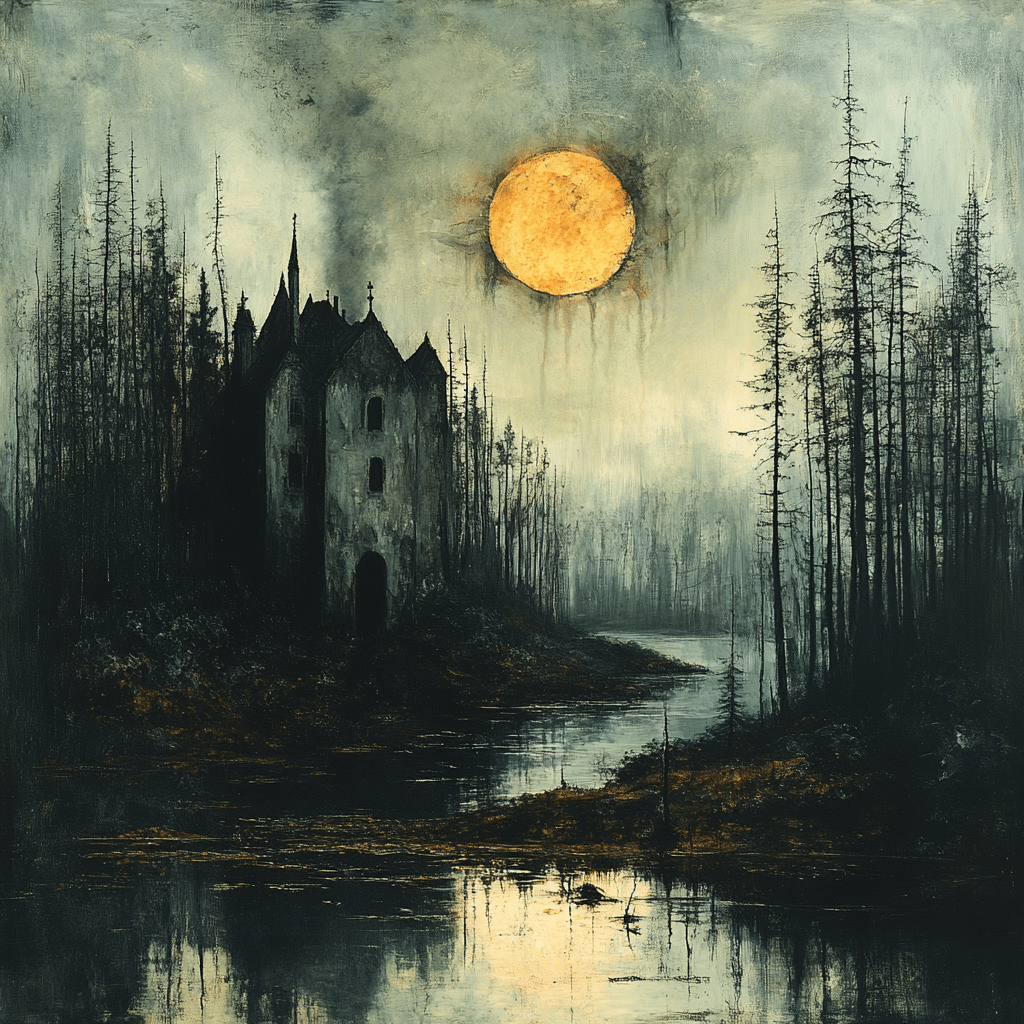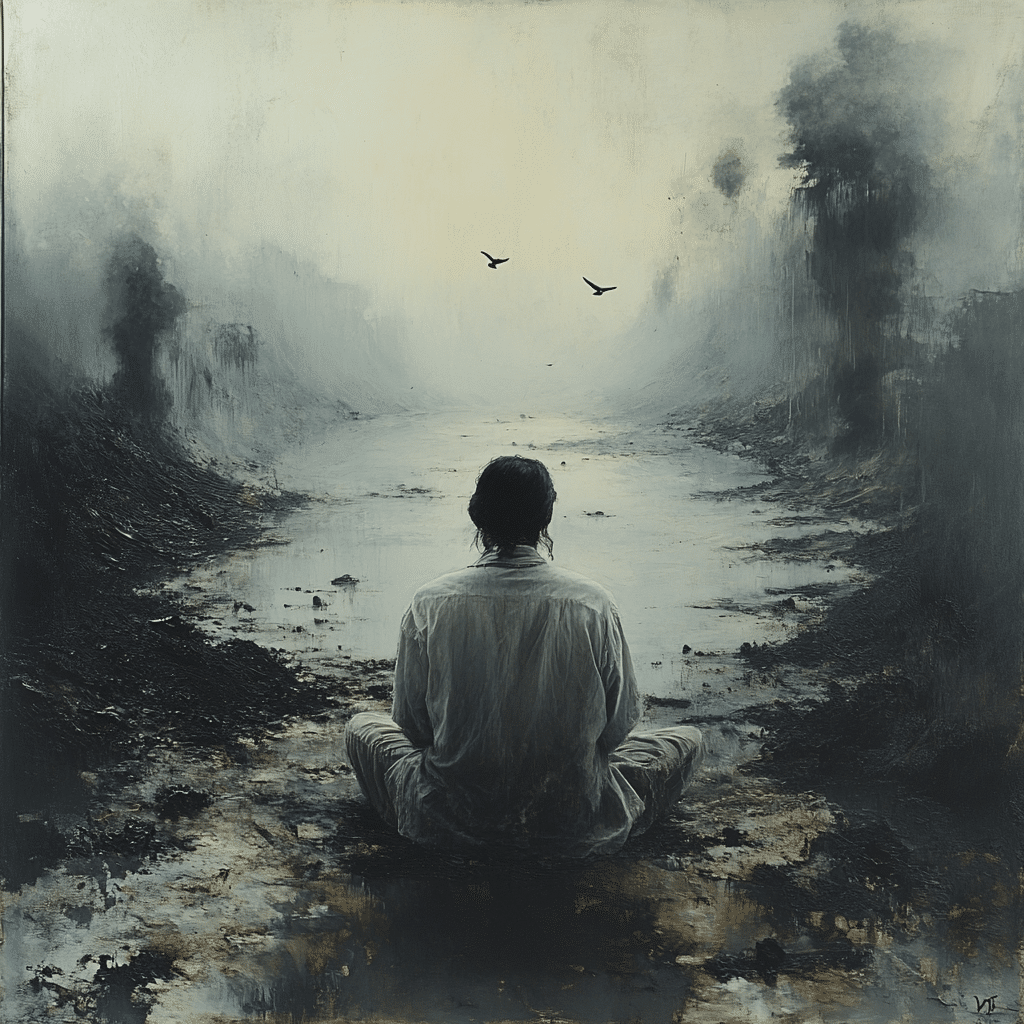When you think about churches, it’s easy to picture solemn spaces meant for worship. Yet, hidden within their venerable walls are stories of solace, community, and cultural richness. In our fast-paced world, these ‘last refuges’ offer a unique blend of tranquility and connection. This article dives deep into how historic churches, often overlooked gems, serve not only for spiritual comfort but also for community bonding and preserving cultural heritage amidst the hustle and bustle of urban life.
Churches have historically been places where neighbors congregate, where grief and joy are shared alike. In recent years, many churches have adapted to the evolving needs of their communities, becoming something far greater than mere places of worship. They’ve transformed into safe havens, offering a plethora of social services. Notably, the Fourth Presbyterian Church in Chicago has evolved into a community lifeline, providing food pantries and counseling services. This transformation enriches their status as not just a spiritual haven, but as crucial support networks within their communities.
Additionally, the Emmanuel Church in Boston leads the charge in inclusivity by hosting programs tailored for marginalized groups. Their events foster meaningful conversations surrounding social justice and community resilience. By intertwining faith with active citizenship, these churches emerge as pivotal last refuges, actively engaging with social issues that resonate with our everyday experiences.
5 Remarkable Churches Serving as Last Refuges in Urban Landscapes
Nestled in the vibrant streets of Manhattan, St. Mary’s Church provides a serene pause for both locals and tourists. Its stunning architecture creates a striking contrast with the surrounding urban landscape, while its tranquil gardens invite contemplation. Notably, regular meditation services encourage individuals to find their inner peace amidst the chaotic rhythm of New York life. This balance of beauty and function resonates with the bustling community around it, making it a true last refuge.
Home to striking neo-Gothic architecture, St. George’s Church in Bloomsbury stands as a cultural beacon. Beyond its role in worship, the church consistently welcomes artists and musicians, hosting art exhibitions and live concerts. This synthesis of culture and spirituality fosters a community deeply engaged with the arts. The walls echo the legacies of artistic collaboration, thus enriching London’s already thriving creative landscape. Here, the last refuge concept truly shines, inviting everyone into its embrace.
Dominating the Montmartre skyline, Sacré-Cœur Basilica is a breathtaking blend of Moorish and Byzantine styles. While many flock to capture panoramic views of Paris, it’s within the basilica’s serene interiors that visitors find true tranquility. The atmosphere invites personal reflection, a much-needed escape from the clamor of city life. This melding of architectural beauty and spiritual depth positions Sacré-Cœur as a cherished last refuge in an ever-lively Paris.
As a celebrated site connected to Johann Sebastian Bach, St. Thomas Church brilliantly intertwines history with contemporary culture. It’s not just a venue for religious observance; the church actively engages visitors in musical services and community events. This approach enhances a feeling of belonging, creating connections that resonate with both locals and tourists. The preserved medieval structure evokes a rich emotional link, establishing St. Thomas as a compelling last refuge in Leipzig.
Renowned as one of Oxford’s most iconic landmarks, Christ Church serves as both an academic institution and a reflective space. Its peaceful gardens and tranquil cloisters provide reprieve for students and visitors alike. The rich blend of history and beauty offers an environment for contemplation, adding layers to the Oxford experience. As both an educational and spiritual haven, Christ Church embodies the essence of a last refuge, welcoming all who seek it.

The Last Refuge and Social Cohesion: A Historical Perspective
Churches have long acted as community bastions, evolving to meet the changing needs of society. Take, for instance, St. Paul’s Cathedral in London, which during the Blitz served as a sanctuary for those seeking shelter amid chaos. This historically rich space offered a last refuge, where people found comfort in unity, reminding us that these sacred buildings possess a dual role: spiritual and communal.
Similarly, the Cathedral Church in Nashville embraces its role as a community cornerstone. It has hosted numerous interfaith dialogues and cultural events that encourage inclusiveness. By providing an area for discussion and understanding, these churches show how deep-rooted respect for diverse beliefs can flourish, making them lasting refuges in our ever-evolving society.
In the face of modern trials, historic churches craft environments conducive to community solidarity. Through church-led initiatives, they not only address immediate needs but also transcend traditional boundaries, fostering dialogue and trust within their urban settings. These last refuges remind us of our shared humanity—a sentiment that echoes louder in our fragmented world.
The Enduring Appeal of the Last Refuge in a Digital Age
In this digital landscape, where virtual connections often take precedence, the search for genuine human interaction becomes increasingly vital. Churches as last refuges rise to this challenge, offering physical spaces for gathering, reflection, and engagement. Activities like ‘church dinners’ emerge in cities such as Nashville, where community members unite over shared meals, rekindling bonds often overlooked in a fast-paced world.
Moreover, many historic churches are adapting to technology’s influence, introducing digital tools that facilitate ongoing connection. Whether it’s through live streaming services or online prayer meetings, these adaptations allow individuals who can’t physically attend to join, democratizing the church experience. This blend of tradition and innovation ensures that these last refuges remain relevant, enriching the lives of future generations.
As we see these sacred spaces evolving, the essence of community remains at their core—giving us a glimpse into our shared past and present. Together, they illustrate the timeless need for connection, proving that even in a digitally-driven era, places of solace like these remain paramount.

Transformative Spaces for New Generations
Historic churches are redefining what it means to be a last refuge, offering vital connections not only to the past but also to the present. Their roles are not static; they adapt and innovate, welcoming new generations eager for connection and meaning. From hosting community services to artistic events, these spaces breathe new life into their venerable walls, inviting curious minds and seeking souls alike.
Celebrating innovation within these sacred havens highlights their resilience against contemporary challenges. As modern society grapples with daily distractions, these churches emerge as crucial anchors that ground us, always inviting us back to our sense of belonging. In a world marked by division, they exemplify a return to values of unity and compassion.
As the landscape of urban life continues to evolve, the last refuge remains essential. These sacred places exhibit the collective yearning for community—serving not only as architectures of spirituality but also as dynamic embodiments of societal connection and cultural preservation. They beckon all to come, rest, reflect, and ultimately, connect.
Last Refuge: A Hidden Gem in Historic Church
Exploring the notion of a “last refuge” often leads us down paths paved with surprises. For instance, did you know that Le Touquet, a stunning seaside town in France, has long been considered a haven for travelers? With its charming architecture and vibrant beach scene, it serves as a refreshing escape for many, much like the peaceful ambiance of a historic church that acts as a refuge during tough times.
Historical Tidbits
The term “last refuge” can often be found echoing through history. During the First World War, soldiers had various rules, including grooming standards, which might seem trivial compared to the chaos of battle. However, many have pondered the importance of hair in The army—it’s not just about appearance; it’s about identity. Soldiers turned to places of worship, finding comfort and solace within those sacred walls. These churches often bore witness to countless tales, like the heart-wrenching stories of people grappling with grief, such as those who share their experiences of losing loved ones suddenly and unexpectedly.
Modern Contexts
In today’s climate, one might wonder about the stability of personal ventures. Queries like will The housing market crash? linger in many minds, especially with the shifting economic landscape. The fluctuating current mortgage lending rates don’t help either, adding pressure to already burdened families. For those seeking a safe haven, churches still stand as last refuges—offering not just physical shelter but spiritual wholeness. In towns like Leominster, these historic buildings are part of the community’s lifeblood, symbolizing resilience amidst adversity.
When it comes to ensuring your journey through life reflects your ambitions, understanding the multitude of options available—be it a smooth Leicester To London train ride or refining craftsmanship with techniques like the dado joint—is essential. As we carve out our individual spaces, remembering the last refuge we can always return to might just be the cornerstone to navigating our modern-day lives. After all, sometimes, comfort lies in the unlikeliest of places, and it’s well worth exploring.

Where is the last refuge?
The Last Refuge is located in a historic church built in 1880 at the corner of East Market and Hancock in the Nulu district of downtown Louisville.
What is a synonym for last refuge?
A synonym for last refuge is “final haven.”
What does “last refuge” mean?
“Last refuge” generally refers to a place of safety or shelter, especially when other options are no longer available.
Where are the six cities of refuge?
The six cities of refuge are located in ancient Israel and were designated for individuals fleeing from accidental manslaughter to find safety.
Why is it called refuge?
It’s called refuge because it serves as a safe space for individuals in need, offering protection and security from danger or harm.
What is a place of refuge called?
A place of refuge can also be referred to as a sanctuary.
What is a simple word for refuge?
A simple word for refuge is “shelter.”
Where is the refuge in Fallout 76?
In Fallout 76, the refuge refers to Appalachia, specifically various safe zones where players can find protection from enemies and environmental hazards.
Where is the repository of refuge?
The repository of refuge isn’t a common term, but generally, it indicates a place where people or items are stored safely.
Where is the outlaw refuge?
The outlaw refuge typically refers to places where fugitives or outlaws can find safety from law enforcement.
Where is the arisen’s refuge?
The arisen’s refuge is commonly found in specific games or narratives, often referring to a safe haven for characters in distress.



